FACTORS AND SEQUENCE OF MINE DEVELOPMENT
Natural and Geologic Factors
Topography
- Spatial relations (size, shape, attitude, depth,
etc.) of the
ore body
- Geologic considerations (mineralogy,
structure, ore body
genesis, presence of water, etc.)
- Rock
mechanics properties
- Chemical and metallurgical properties of
the ore that affect
processing and smelting
Developmen
Also includes:
o Acquiring water and mineral rights
o
Buying surface lands
o Arranging for financing
o Preparing
permit applications
o EIS (Environmental Impact Statement)
o
Construction of:
▪ access roads,
▪ power sources,
▪
mineral transport systems,
▪ mineral processing
facilities,
▪ waste disposal areas,
▪ offices and other
support facilities
EIS
Environmental Impact Statement
Surface
determination of
stripping ratio
- some have no overburden
Underground
– generally more complex +
expensive
- requires careful
planning
and layout of access
openings
Factors in Mine Development
Assessment of Existing Conditions
Evaluation with respect to the
Project Requirements
Assessment of Existing Conditions
- Current use of utilities (power, water)
-
Infrastructure
- Housing
- Equipment suppliers
Evaluation with respect to the Project Requirements
Upgrades
- Impact
- Anticipated future growth (supply and
projected usage)
Locational Factors
Ease of transport of mineral products and supplies
-
Availability of labor and support services (housing, health
care,
educational and recreational facilities etc.)
- Operational and
(and psychological) impacts of climate and
weather
-
Employees’ satisfaction
Social-Economic-Political-Environmental Factors
Demographics and occupational skills of the locals
- Means of
financing and marketing
- Political stability of host
country
- Environmental legislation
- Government aids,
government restrictions, and taxes
Market Analysis
Projected Consumption Demands
- Projected Supply
-
Potential Market Penetration
- Projected Sales Price of the
Product of Mine Operation
- Projected Cycles in the Market, etc.
Financial Analysis
Market Information
- Capital Cost for the Corporation
-
Strategic Planning of the Corporation
- Evaluation of the
numerous Financial Indicators
Equipment to be used
dictated primarily by the mining
plan
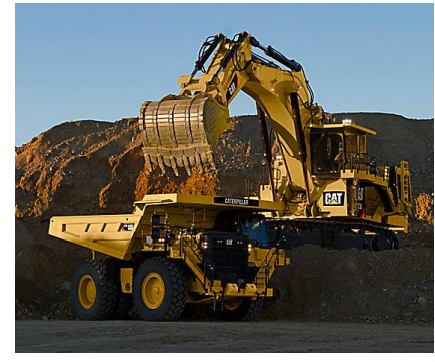
Shovel + Dumper (Mining
Dump or Articulated Truck
slippery grounds, tight switchbacks,
and low ceiling heights, ↑maneuverability)
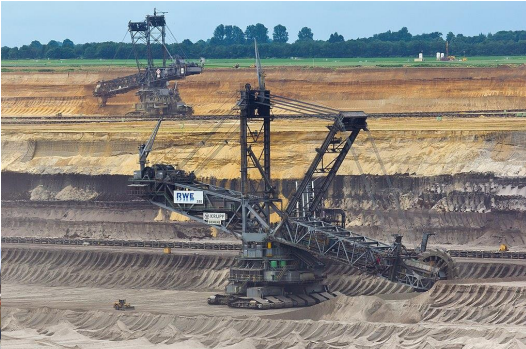
Bucket wheel excavators
(high capacity, productivity also very expensive)
- lignite (low
compressive
strength <100kg/cm2)
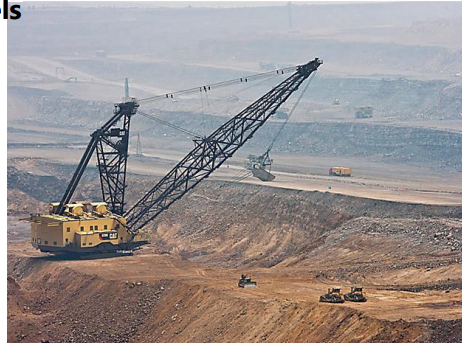
Dragline and Long-reach Shovels
-1 in 6 gradient or flatter

Surface Miner
(cuts, crushes and loads; instead of drilling +
blasting)
-compressive
strength
<250kg/cm2
-1
in 10 gradient
or flatter
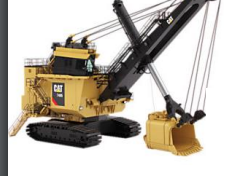
Electric Rope Shovel
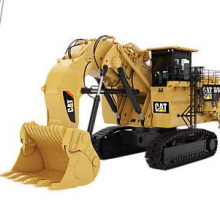
Hydraulic Shovel
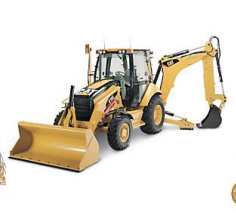
Backhoe
- mounted on the back of
a tractor or front loader
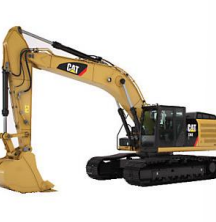
Excavator
(excavation)
- longer boom & stick
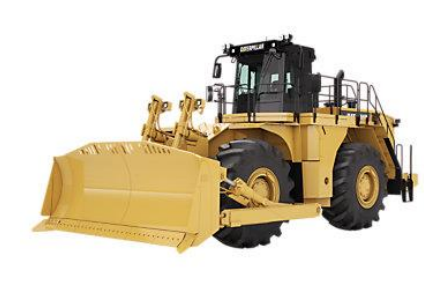
Dozer
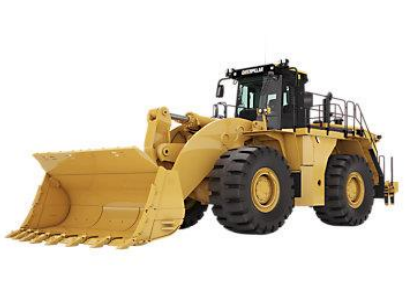
Large Wheel Loader

Continuous Miner
→ cutter head + conveyor boom
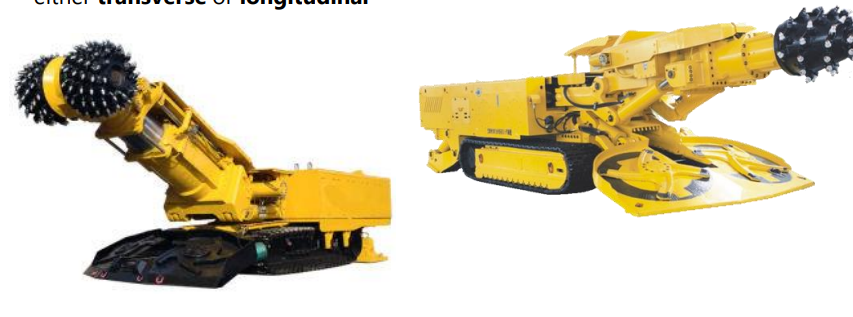
Roadheader
- either transverse (Sideways) or longitudinal (Front)

SDL (Side Discharge Loaders)
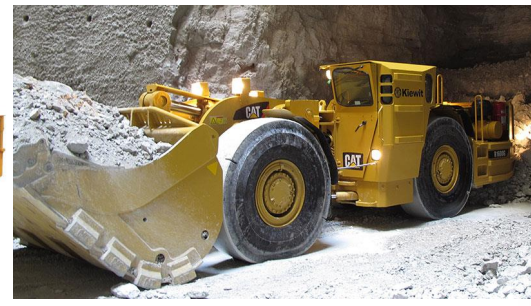
LHD (Load-Haul-Dumper)
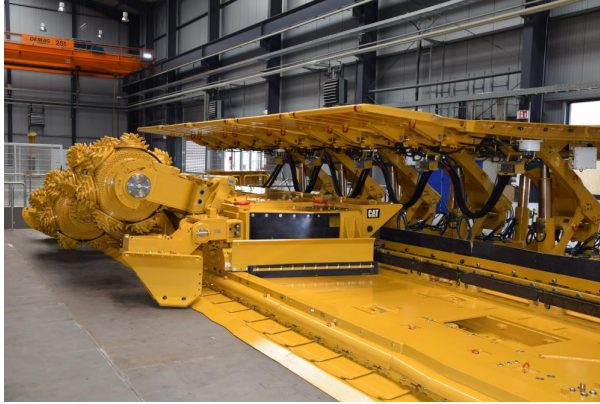
Longwall machine
Factors in buying equipment
Price
*Availability, transport systems
*Local Vendor
Capabilities
*Product support
- maintenance staffing
requirements
- capital expenditures on shops and tools, parts and supplies